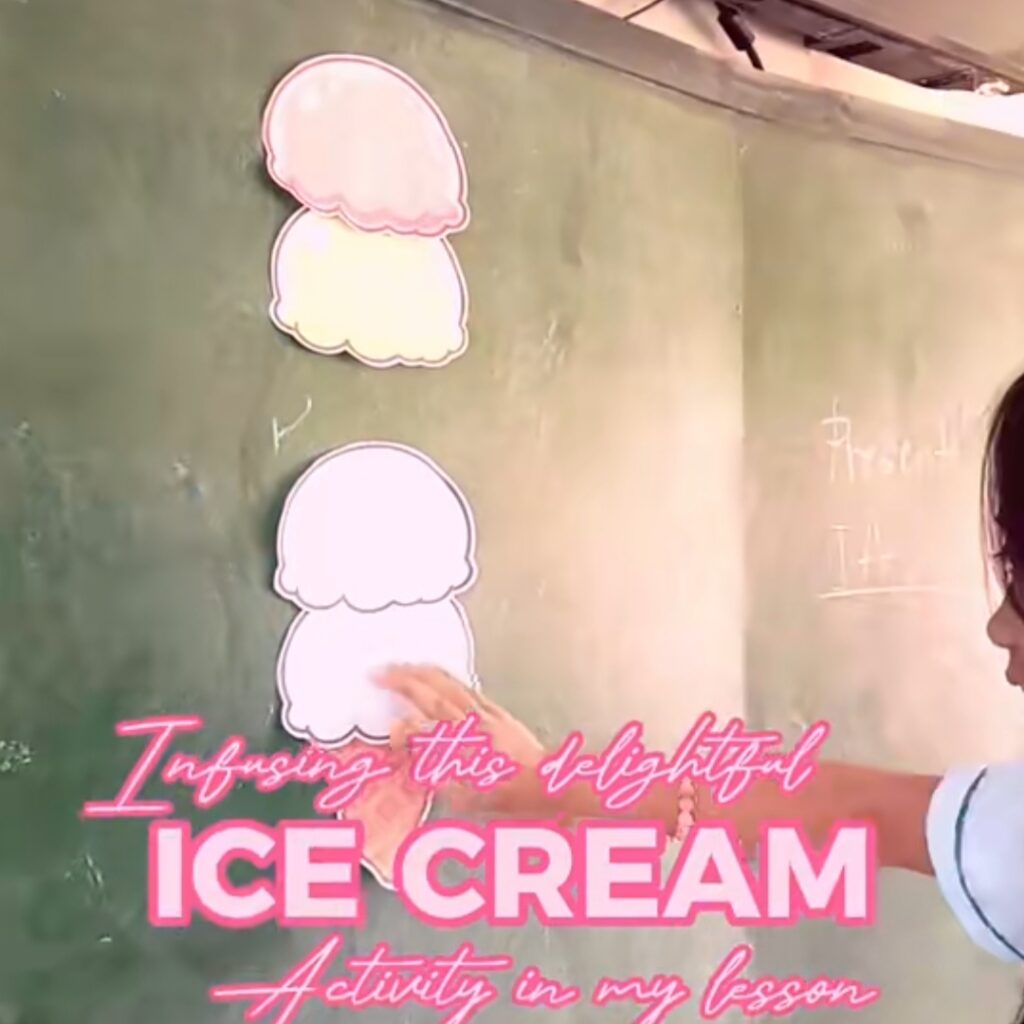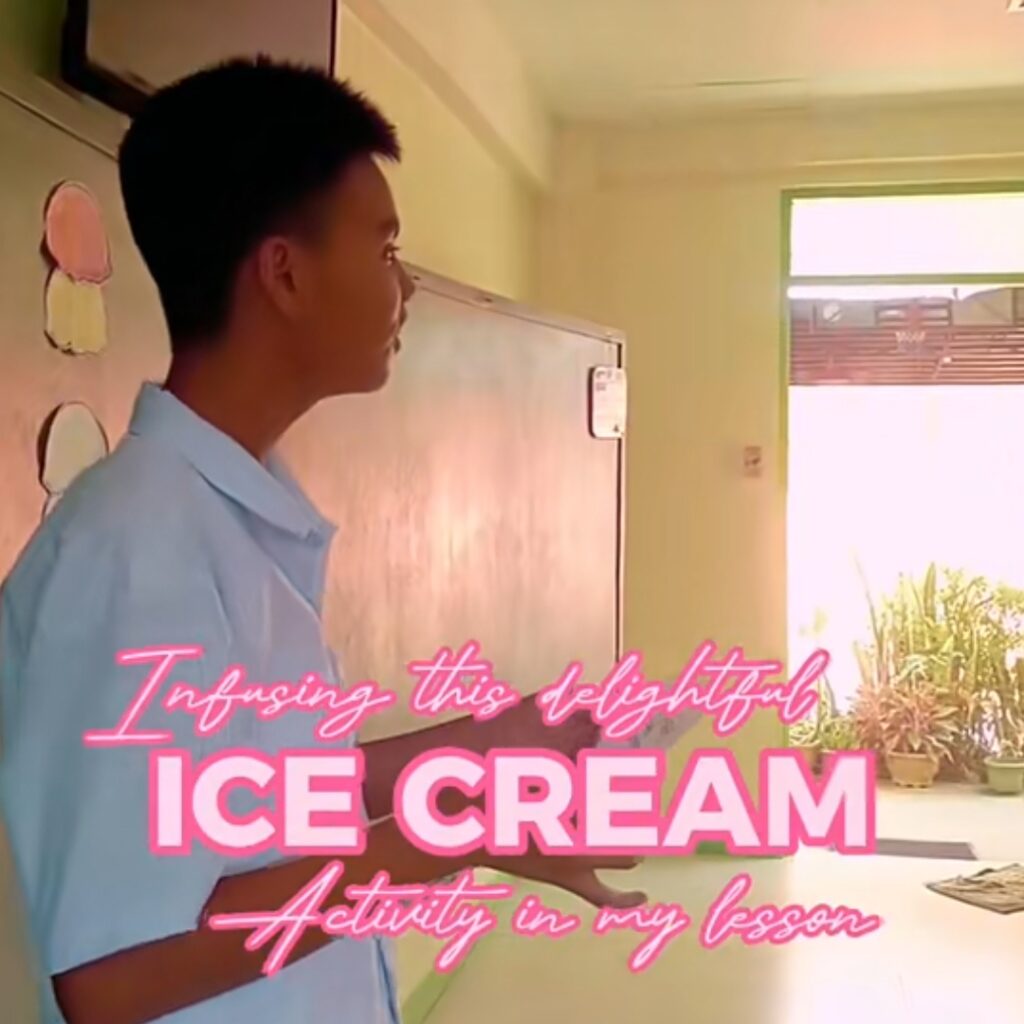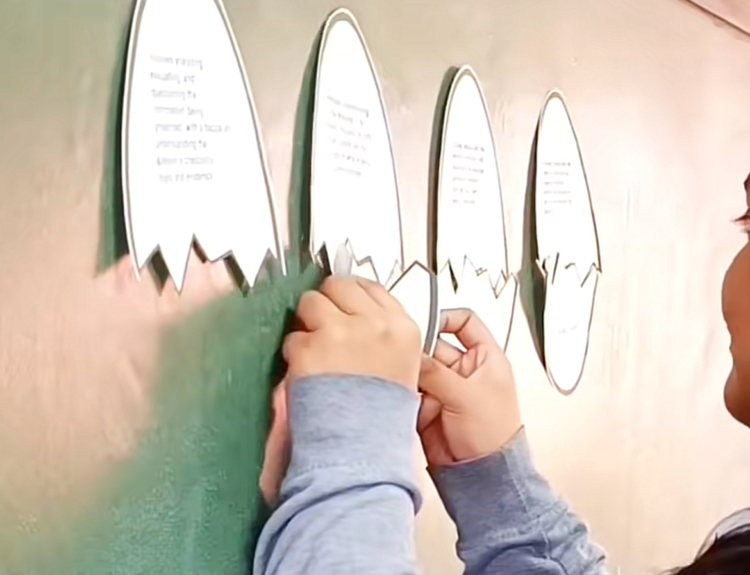
As an educator, it has always been my desire to look for creative and engaging ways to make learning fun and interesting for my students. This has become doubly challenging for me since I am an English teacher to a set of students who find it difficult to speak using the English language. What I teach and how I teach are both crucial to ensuring that my students grasp the content of the most essential competencies that were set for them to achieve.


While the Philippines is widely acknowledged as one of the largest English-speaking nations globally with a majority of its population possessing at least some degree of fluency in the English language, one could argue that in certain regions, there exist learners who grapple with learning how to communicate in English and struggle even more with grasping the content taught using English as the medium of instruction.
With as much attention as enhancing the literacy skills of Filipino learners has been getting lately, it is of paramount importance to exert great efforts in planning and designing lessons for learners. In as much as we want to help them with improving literacy and communication skills, we also need to take into consideration the types of activities we provide them with and the teaching strategies we employ in hopes for opportunities to engage them in every classroom activity.
Learning Objectives
The Scoop It activity aims to: a) engage students in meaningful discussions related to the lesson and b) encourage critical thinking and problem-solving skills while accomplishing the activity.
Description of the Activity
In the Scoop It activity, I present my learners with a large cutout of an ice cream cone with multiple scoops of different colors which you can either print out or draw on a cartolina or any material you are most comfortable using when preparing your instructional materials. Each scoop represents a question or challenge revolving around the lesson or topic. The questions or challenges are written on smaller strips of paper and are pasted at the back of each scoop, hidden from view.
This activity is effective for this taps into students’ natural curiosity and love for hands-on learning experiences. By using a fun and relatable theme like ice cream which I believe almost everyone, if not all, are fond of eating ice cream. Through incorporating this activity as well into your instruction, students are more likely to be motivated to participate actively in the discussion.
Instructions and Mechanics
- The teacher prepares a cutout of ice cream cone with several cutouts of scoops in different colors to resemble different flavors, may it be printed or drawn.
- The teacher prepares a set of questions or challenges written on strips of paper and attaches them at the back of each scoop. The questions and challenges should revolve around the lesson or topic you have for that day.
- During discussion, the teacher posts these cutouts on the board and tells the students that they need to accomplish this Scoop It activity.
- To create suspense and excitement among the students, you can employ the pass the ice cream while the music is playing in the air using a smaller cutout of ice cream cone with several scoops. When the music stops, whoever that learner who holds the ice cream cutout needs to go in front of the class and pick a scoop and answer the question or challenge written on the strip pasted at the back of the scoop being chosen.
- The activity continues when the first learner answers the questions. The same process applies to the succeeding learners who will pick a scoop and answer the question written on it.
- To address the issue on time constraints, you may opt to omit the “pass the ice cream” part and just randomly call some learners who want to voluntarily answer a question.
Engagement Strategies
The ice cream theme of the activity immediately captures students’ attention and creates a sense of excitement among the learners. As students scoop out questions or challenges regarding the lesson, they are eager to uncover the next one and participate in the discussion to find the answers. Moreover, to better catch the learners’ attention, you may prepare scoops printed or drawn on different colored sheets of paper for a more visually appealing presentation.
Differentiation
The Scoop It activity can be easily adapted to suit the diverse learning needs of students. For instance, students can work in small groups to discuss and answer the questions or challenges written at the back of each scoop, allowing them to work collaboratively with one another.
During the activity, I observed students’ response and interactions to assess their understanding of the lesson or content. I would say, the learners are engaged in the discussion since it was far different from the traditional way of presenting and making the lesson known to learners through a lot of talking. Through this activity, learners are challenged to either work on their own or work in groups if you decide to employ this as a group activity. Additionally, I might assign follow-up tasks or reflections to gauge their comprehension and critical thinking skills.
Employing the Scoop It activity has been a rewarding experience for me as a teacher. I have witnessed firsthand the increased engagement and participation of students during our classroom discussions. This activity has not only made learning easier and more enjoyable, but has also deepened students’ understanding of the lesson.
For more ideas on interactive classroom activities that you might to incorporate into your instruction, check out the following resources:
https://www.indeed.com/career-advice/career-development/classroom-games
The Bottomline
This Scoop It activity has proven to be a valuable tool in my teaching practice, enhancing student engagement and fostering a collaborative learning environment. By incorporating creative and interactive activities like this into our lessons, we can make learning more enjoyable and meaningful for our students.
Try this Scoop It activity in your classroom and watch your students’ excitement and learning soar like never before!









